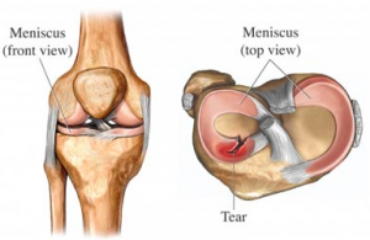The biceps muscle allows you to flex your arm (bend it). The muscle is attached to the bone in two ways – either by the shoulder or the forearm (shoulder = proximal biceps tendon whilst the forearm attaches to the distal biceps tendon). Proximal biceps tendon tears are more common but distal biceps tendon rupture can also occur. Typically this happens in 2.55 people per 100 000 in the USA each year.
How would I injure the biceps tendon?
The mechanisms of proximal and distal shoulder biceps tendon injuries are usually different. A proximal test usually happens slowly over time – because of some other pathology like shoulder impingement or instability. A distal biceps tendon tear usually involves an eccentric contraction of the biceps muscles (eg a bicep curl). This usually occurs when the biceps muscle is already fully contracted.

How do I know I have ruptured my biceps tendon?
There are a number of symptoms and signs that are common in a distal biceps tendon rupture. These include:
- Significant pain in a number of different movements (eg lifting pulling or doing over the head movements).
- Usually, an acute rupture will result in swelling, bruising at the site of the injury.
- You may hear a “pop”
How do I get back to normal?
If you suspect a tendon rupture then you will need to get in contact with a doctor to confirm the diagnosis. They may need to run a series of tests. Your family practitioner may send you to a specialist clinic that specializes in shoulders. There are a number of things the doctors will offer to get you back to normal. These include:
- Rest and recovery are first and foremost. Don’t use the bicep because it needs time to heal.
- NSAIDs (non-steroidal anti-inflammatory drugs) will reduce the inflammation in the area and should reduce the swelling and pain in the arm.
- If this is not working some doctors will suggest a steroid injection.
- When the initial injury is beginning to heal then you will need to get in contact with a specialist orthopedic surgeon. Usually, a biceps tendon rupture needs to be surgically managed.
When you are pain-free and can move the arm normally then you will be able to slowly return to work or sport. The time period in which this will occur can be highly variable and so it is difficult to give an exact time in which you will be back to normal. However, it is usually a few months.
If you or somebody you know is currently suffering from a biceps injury – then they may have suffered a distal biceps tendon tear. If this is the case a family practitioner may not be enough and you should get in contact with a specialist orthopedic surgery ASAP to get back to normal as quick as possible.


